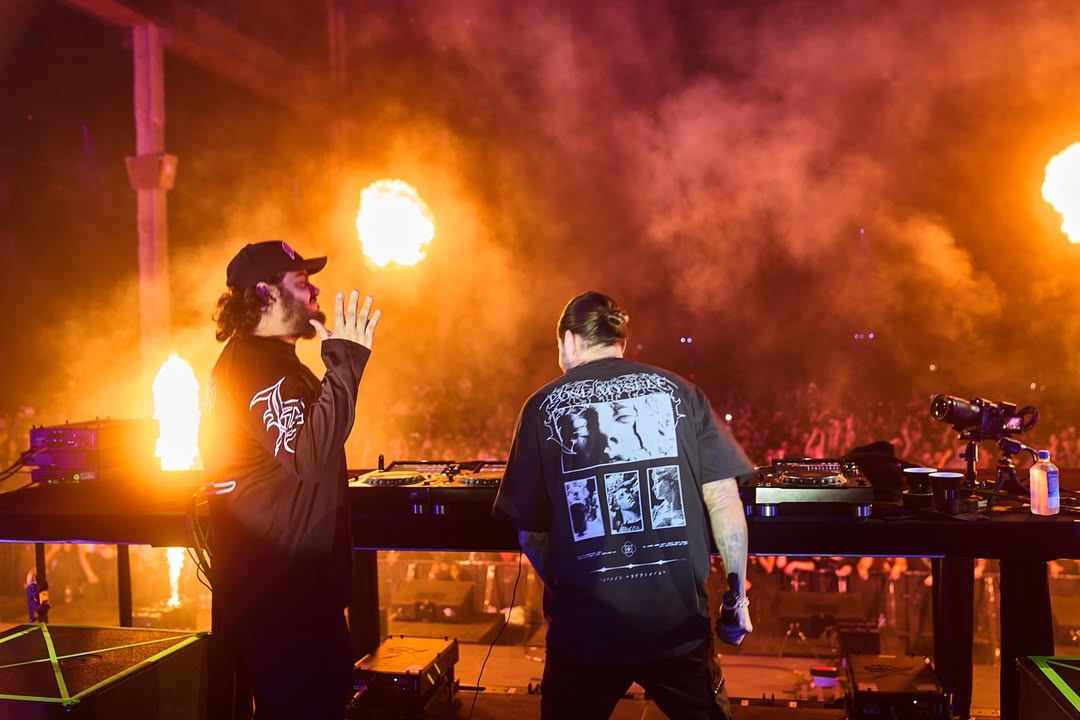There are many different terms and phrases in anime fandom and culture, many of which, like shonen or shojo, have to do with the series' genre or demographic. Another incredibly common term is OVA, a term that has become so ubiquitous it's often bandied about without explanation.
Either an independent work in its own right or a type of spin-off animated project, an OVA is a way to create a production independent from a popular anime series while still building off of said popularity. Alternatively, it can be an experimental medium for creators to bring an original work to audiences that wouldn't normally be a good fit for televised broadcast or theatrical release. Here's a deeper look into the world of OVAs and some of the more well-known examples of them.
What Is an OVA?
OVA is an acronym that stands for "original video animation," with the first arguably being 1983's Dallos. These productions, as their name suggests, are tailor-made for home releases and are not screened or shown in any other format prior to this. Similar to the straight-to-video market in other countries, they were originally released as VHS tapes then DVDs, and more recently, Blu-rays, giving way to the term OAD (original animation DVD) to come into use.
Usually -- but not always -- longer than one episode, OVAs have a wide range of runtimes, from small, bite-sized segments to even a few hours, though it's more common for them to be around 30 minutes long, like a televised episode of a show. While OVAs can sometimes be official spinoffs, sequels or prequels to an anime series, they can also be non-canon to the show's story, or entirely original works with no previous source material.
Likewise, OVAs boast much higher budgets than mainstream televised anime, resulting in significantly greater production values similar to that of actual movies. Not being on a television network also allows for a slower pace, greater characterization and storytelling, as well as the ability to showcase content that might otherwise be censored. This usually results in OVA adaptations being closer to their manga counterparts than the network anime versions.
OVAs Can Enhance Or Surpass the Series They're Based On
Many franchises got their mainstream start not with a televised anime, but with an OVA. An example of this is Tenchi Muyo, which began as an OVA before being spun off into multiple TV shows. Other franchises such as Higurashi received additional OVA episodes for some of their seasons or even OVA spinoff movies.
One of the most notable OVA series' is the adaptation of the manga Legend of the Galactic Heroes. Instead of a few mere episodes, this OVA had a grand total of 110 episodes, which was further bolstered by 52 side story episodes. GaoGaiGar, the mecha series that served as the last official entry in Sunrise's Brave franchise, also received an 8-episode OVA sequel called The King of Braves GaoGaiGar Final.
Other well-known OVAs include Attack on Titan: No Regrets, which followed the character Levi, as well as Universal Century's Mobile Suit Gundam: The Origin. Likewise, the Rurouni Kenshin OVA was able to more accurately depict the somber and less comedic story of the manga when compared to the TV show. OVAs continue to be a huge part of the anime industry, even as it turns more and more to streaming. This has resulted in original net animations, or ONAs, which are essentially just OVAs repackaged for the Internet era, keeping the format and spirit of OVAs alive to this day.


